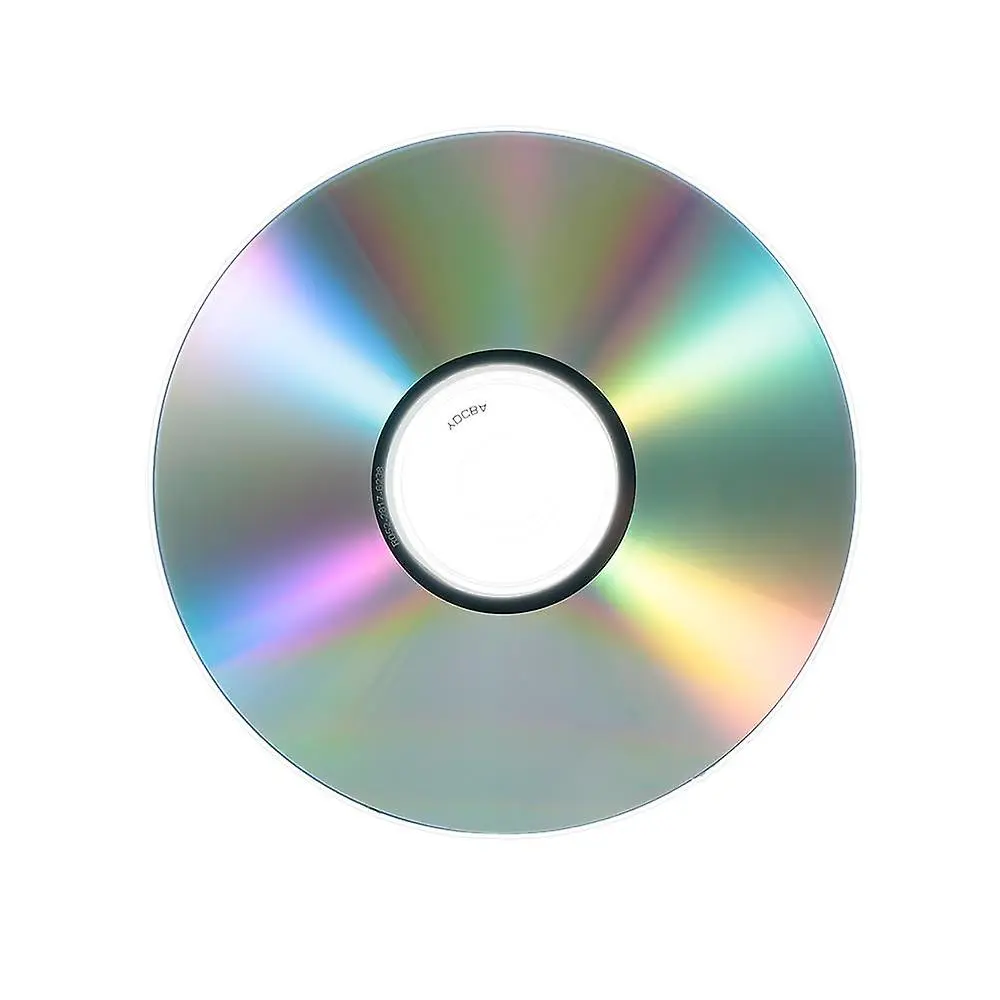With over 18 years of history, Blu-ray technology was designed to take CDs and DVDs to the next level. Not only can they hold significantly more data than their predecessors, but Blu-ray discs even let you view high-quality (and 3D content) that often are closer to the experience of watching in theaters than the compressed versions you’ll find elsewhere. Not to be confused with DVDs, Blu-ray discs use a different kind of laser technology, which eventually became the industry standard for film and movies by 2008. In part, this is due to the fact that its players could be backwards-compatible with DVDs, but not the other way around.
…
Although some things can (and have) lasted the test of time, the natural progression of most technology is that something becomes obsolete when a newer, better, or more efficient model comes along. In terms of the Blu-ray discs, there are several things that have pushed them to obsoletion.



There are plenty of boutique brands out there that have taken up the physical distribution in lieu of the content owners. As long as there’s a market for it, physical discs will still exist. There are definitely some companies that have decided not to license out distribution but they also own their own digital platforms (looking at you Netflix). Fortunately, much of what they produce is merely content and not worth owning.